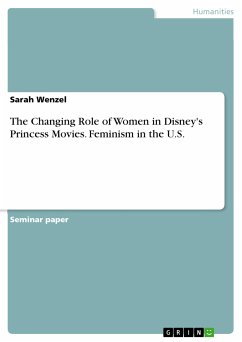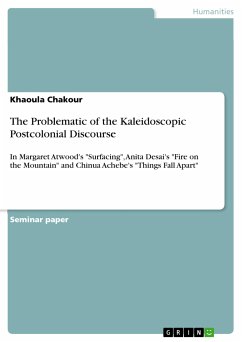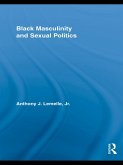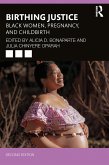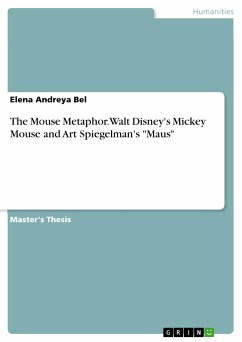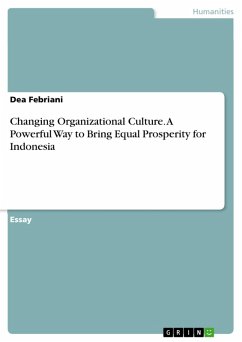Seminar paper from the year 2014 in the subject Cultural Studies - Miscellaneous, grade: 1,0, University of Würzburg (Philosophische Fakultät I), course: Feminism in the U.S.: History, Ideas, and Politics, language: English, abstract: Bewitched by the magical atmosphere these films create, millions of girls are dreaming of becoming a Disney princess one day. Seeing girls and boys re-enact these fairy tales and in that way slip into the role of a princess the thought struck me in the context of my seminar about Feminism, in what way these movies influence children. Which concepts of womanhood do they foster and are these fairy tales really as timeless as the grandparents think they are? Taking a closer look at the most successful and best known of all Disney princess movies, there are basically three waves, defined by their date of release. The first feature-length animated film Disney created was a story based on the Brother Grimm fairy tale "Schneewittchen". The Disney movie Snow White and the Seven Dwarfs was premiered in 1937 and was an instant success, followed by Cinderella in 1950 and Sleeping Beauty in 1959. The next wave of princess movies were produced between 1989, starting with Little Mermaid, followed by Beauty and the Best (1991), Aladdin (1992), Pocahontas (1995) and ending in 1998 with Mulan, so basically during the 1990s. The latest wave of Disney princess films is from 2009 on with The Princess and the Frog, then Tangled (2010), Brave (2012) and the last one was Frozen (2013). This is an enormous timeframe. The 1930s, 40s and 50s provided a completely different audience than the 1990s or the current decade, as society and especially gender roles changed a lot over time. Consequently one can also expect differences in the way the Walt Disney Company chose to depict its characters over the years. This research paper will show that female gender roles in Disney princess movies respond to the change of society by portraying their Disney heroine much more assertive and less passive over time. To support this thesis one movie from each of the three waves which were introduced above will be analyzed exemplary for the period.
Dieser Download kann aus rechtlichen Gründen nur mit Rechnungsadresse in A, B, BG, CY, CZ, D, DK, EW, E, FIN, F, GR, HR, H, IRL, I, LT, L, LR, M, NL, PL, P, R, S, SLO, SK ausgeliefert werden.

